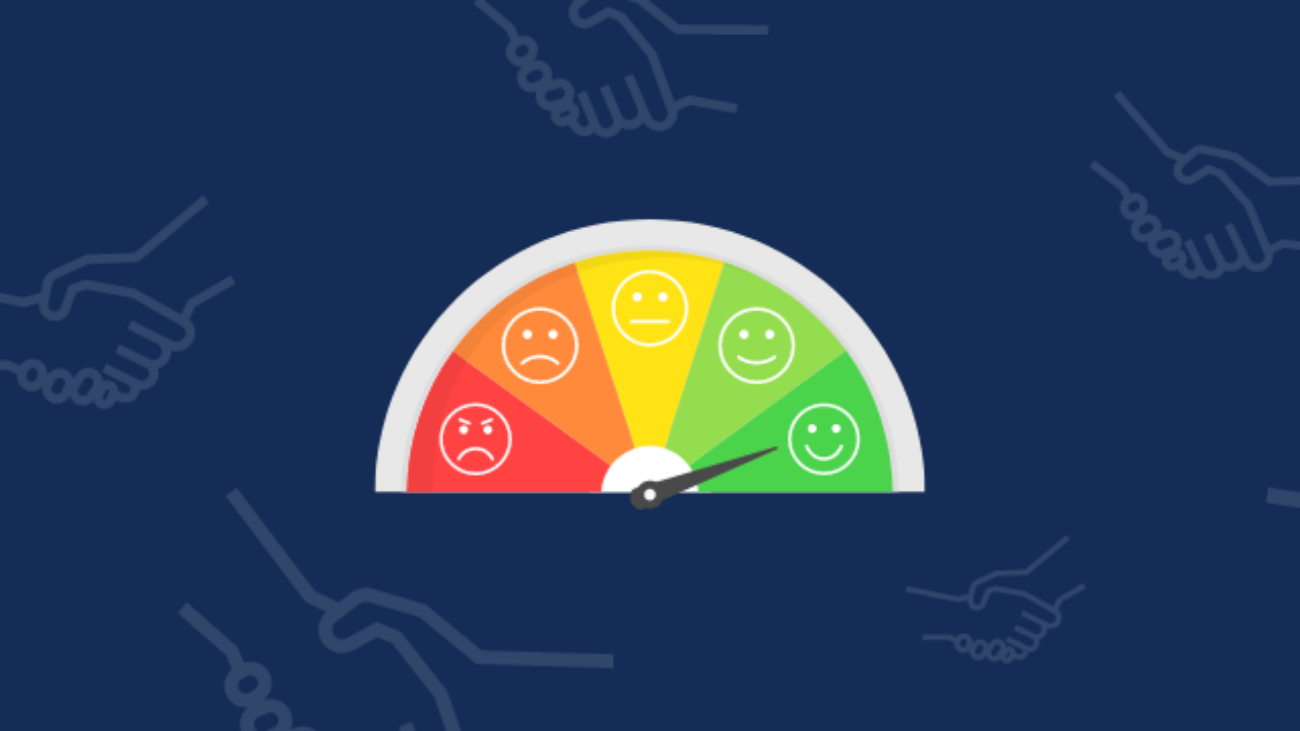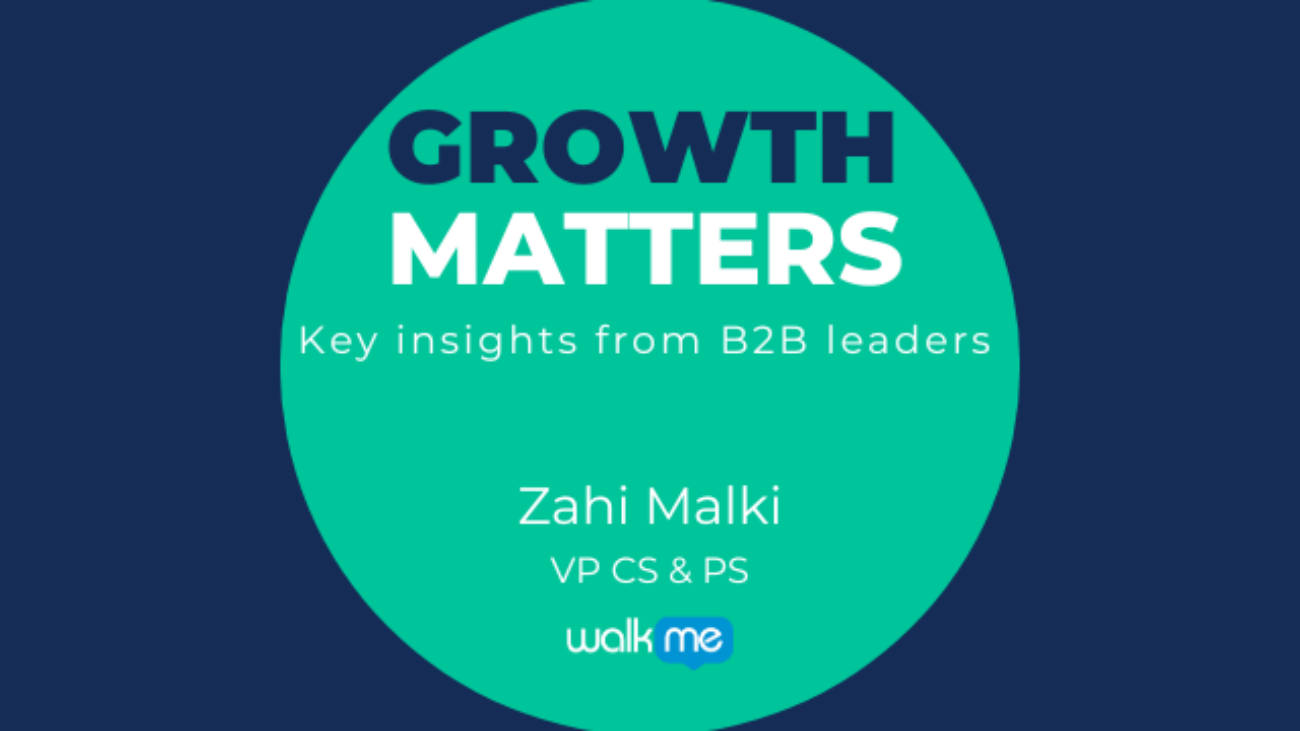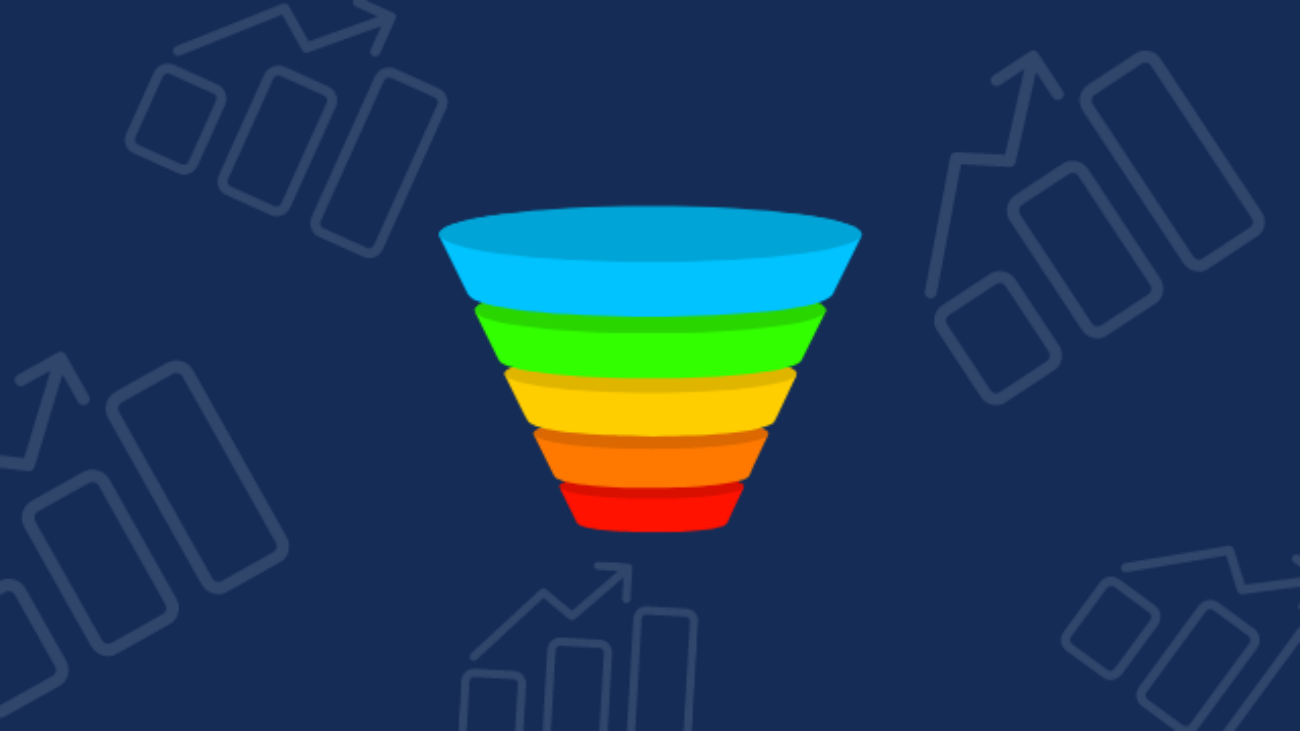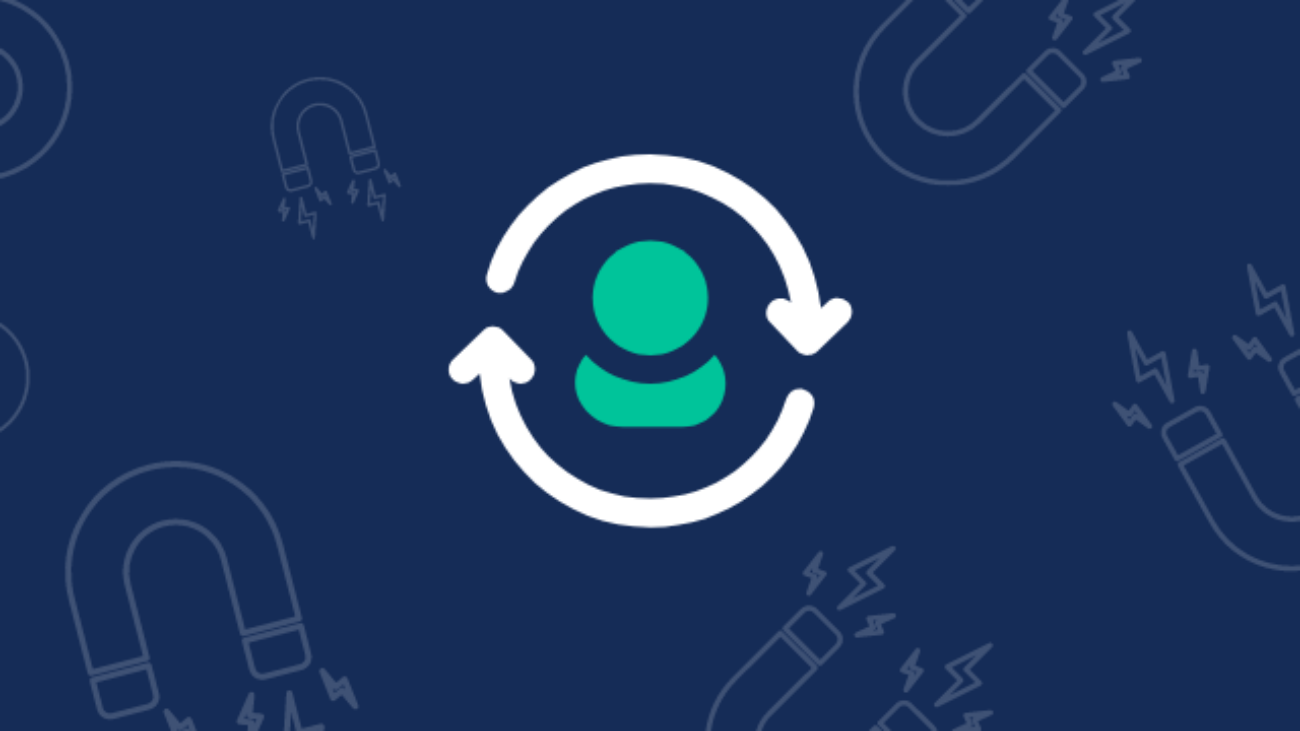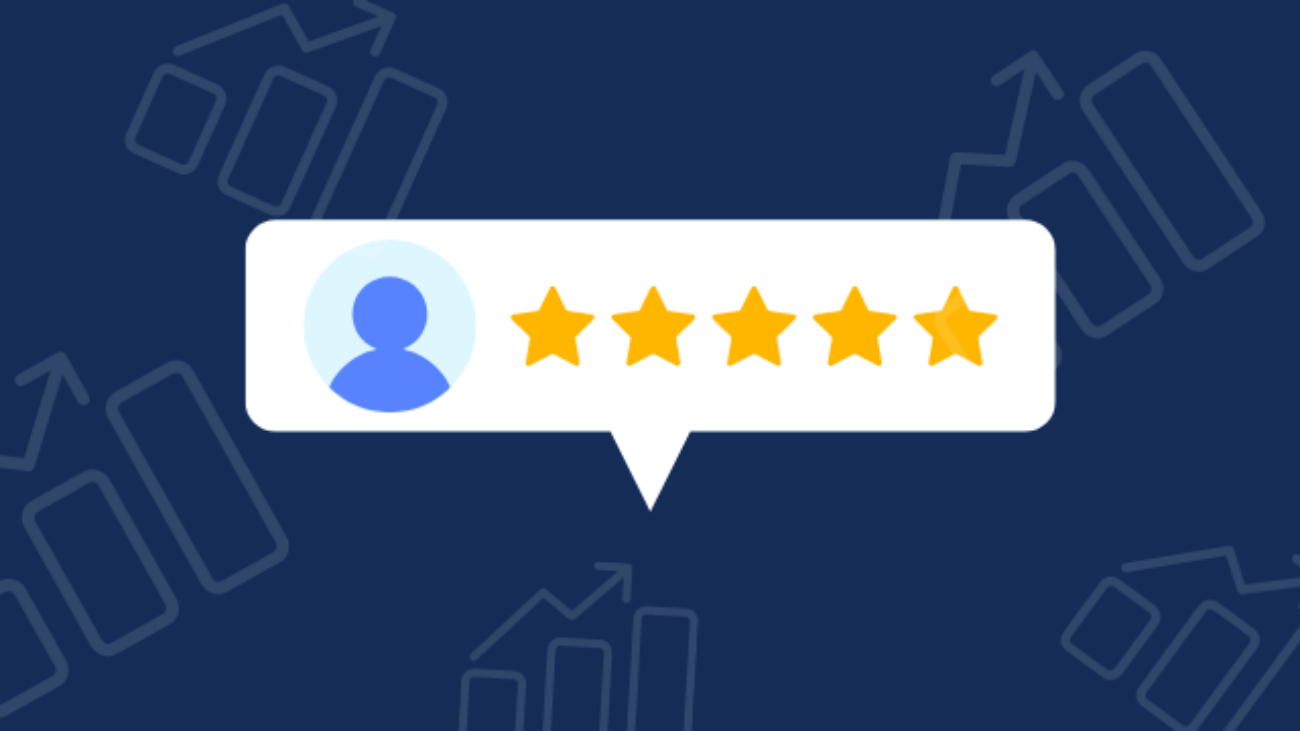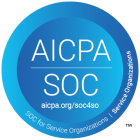Arising as a cutting-edge solution for innovative enterprises, the PQL scoring system is a powerful tool to help your business streamline its lead generation and sales process. Accenture indicates that PQL usually generates 5x higher conversion rates than MQLs. However, according to Open View Partners, only 25% of companies have deployed a PQL strategy.
Deploying the Advent of PQL
Overall, the Product-Qualified Lead (PQL) scoring system effectively identifies leads most likely to convert into paying customers. This system uses a scoring mechanism to evaluate leads based on their engagement with your product, including their product usage and behavior. By analyzing this data, you can identify leads more likely to purchase and focus your sales and marketing efforts on them.
Businesses that employ a PQL framework will utilize a scoring system to evaluate and rank PQLs. After that, they utilize the use of that rating system as a single source of truth to prioritize the time and efforts of the sales team in addition to those of the other departments. Automating the lead qualifying process is essential for businesses to effectively identify and prioritize the most promising leads. Defining a PQL is the first step, but implementing a scoring model for each action is equally important. The scoring model allows businesses to evaluate the activities of each lead and assign a score based on their level of engagement with the product or service.
Manual lead qualification can be a time-consuming and challenging process, especially for businesses with many leads. However, with the advancement of technology, several lead qualification software options are available in the market to make this process easier. These software options use artificial intelligence and machine learning algorithms to analyze and score each lead’s actions automatically.
Uncovering the Types of PQL Scoring
As highlighted by Clearbit, the PQL scoring process entails the calculation of two distinct fit scores, namely, the domain score and the persona score, to provide a comprehensive overview for the sales team. This approach is particularly significant for product-led companies transitioning upmarket, as product champions may not always be the decision-makers.
The domain score serves to evaluate whether an account has the potential to become a top 100 customer in the future. Additionally, typical personas, such as decision-makers, billing contacts, power users, and community champions, are identified within each domain based on available data. The sales team then utilizes the resulting information to update Salesforce and send out notifications through a product like Census, thus enhancing the quality of leads for sales development representatives.
Exploring the Process of Implementing PQL
When implementing a PQL scoring process, it is important to integrate it into your CRM or marketing automation platform. This allows for the efficient tracking and management of PQLs, ensuring that sales and marketing teams are equipped with accurate and up-to-date information.
Integrating the PQL scoring process into your CRM or marketing automation platform involves setting up a scoring model that assigns scores to leads based on their level of engagement with your product. This can be achieved by tracking user behavior and product usage, as well as other relevant metrics, such as the number of users, frequency of usage, and level of engagement with support and training resources.
Taking a systematic and thoughtful approach to defining the criteria for a qualified lead is essential to developing an effective PQL scoring process.
Step 1: Defining the Criteria for a Qualified Lead
Overall, the PQL scoring should start with determining the specific factors that make a lead a PQL in your business. This could include factors such as product usage, feature usage, user behavior, referral sources, or account data.
Step 2: Identify the Target Accounts for Your Ideal Customer Profile
This phase involves analyzing your current customer base and identifying common characteristics such as industry, company size, and revenue. By identifying these target accounts, you can focus on leads most likely to convert into paying customers.
Step 3: Segment Target Accounts
Next, you should categorize these target accounts into domains based on shared characteristics such as use case, vertical, or product suite. This allows you to develop a more focused and targeted approach to marketing and sales.
Step 4: Develop Buyer Personas
Within each domain, it is essential to identify the personas or stakeholders involved in the purchase decision, such as decision-makers, end-users, and influencers. Developing a deep understanding of these personas and their unique needs and challenges is critical in crafting effective marketing messages and sales strategies.
Step 5: Assign a Score for Each Domain & Persona
Establish the scoring system that assigns a score to each domain and persona based on their fit with your ideal customer profile and PQL criteria. This can involve considering factors such as company size, industry, and level of engagement with your product. Developing a robust and accurate scoring system allows you to prioritize leads and focus your sales and marketing efforts on the most promising opportunities.
Step 6: Monitor & Update
It is essential to ensure that the PQL scoring process is regularly updated based on changes in usage and engagement. This means the scoring model must be flexible and adaptable to user behavior and product usage changes. For example, if a user’s engagement with your product decreases over time, their PQL score may decrease, and they may no longer qualify as a PQL. Conversely, if users’ engagement with your product increases, their PQL score may increase, making them a more valuable lead.
